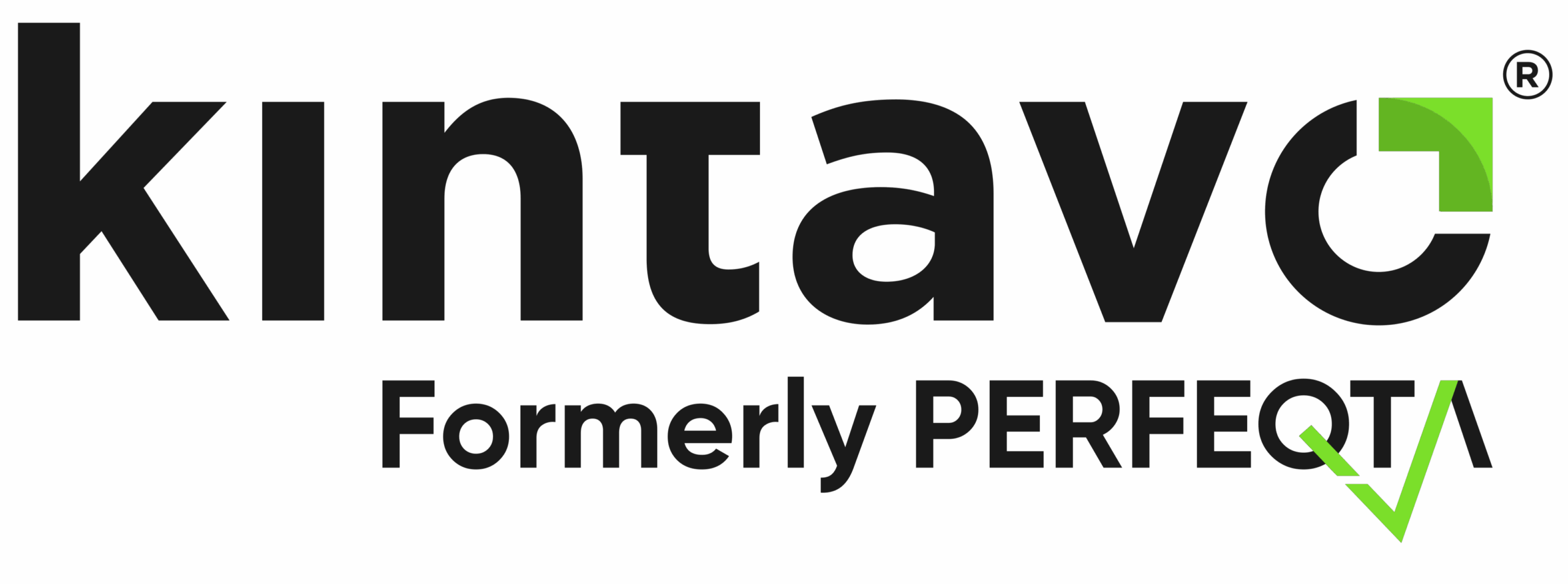7 P’s & 5 phases of Project Management

Project management may seem a mounting task when we consider flexibility, dynamic needs, demands and time constraints. But with proper segmentation of the project, even the most challenging task becomes achievable.
What is Project Management?
In simple terms, Project management uses specific techniques to deliver something of value to people.

5 Phases of Project Management
Initiation or Conceptualization
Planning and Defining Clear Goals
Execution<
Monitoring and Controlling
Closing

1st Phase of Project Management:
Project Initiation or Conceptualization
This is the project’s initiation where you put your thoughts onto paper. Here you aren’t expected to know the whole roadmap but to understand the intention and final goal of the project. In this phase, you play with variables such as project feasibility and scalability. This is where you bring the 7 Ps of Project Management

- Product: Any project is expected to generate some outcome, but it is imperative to consider the end product as the first step in project management. Why have a project that can’t deliver the end product? Carefully considering the end project will force you to know more about the project timeline and more importantly, bring revenue into your business.
- Price: As a project manager, you should carefully consider every aspect of the project timeline in terms of budgeting not only money but time. Use a no-code business operations software like PERFEQTA to track goals and achievements in addition to your budget. In any successful project, the majority of the time is spent in planning.
- Place:The most successful project managers understand the need to cater their project to their space. Dream big, but keep in mind your audience and the “place” they are in. “Place” could be a geographic location, or even a state of mind. For global organization, this could include making subtle language adjustments for British or American English. For a tech organization consider the the planning that would go into operating a machine freezing Canada and sweating Sahara. Most importantly, considering Place at the beginning of a project keeps sudden surprises away.
- Pacing:We are not only talking about the pace of the project but also keeping up to pace with all of the stakeholders. This means all resources and stakeholders must be in sync with the project. Planning the pace of a project helps you avoid anxious moments due to differences in expectations between the stakeholders. While planning the pace of your project, carefully consider the learning curve required by your team to complete a new project. Understanding the Pacing will help you realistically complete your project in a timely manner.
Yes, there used to just be 4 P’s of Project Management”but these final elements of project management are essential to success..
- Priorities: Setting priorities straight, especially in big projects, is crucial, with multiple segments and phases involving numerous team members. It’s vital to ensure that the Priorities of every resource(employee) at each level are in sync with the project goals. It’s usually the case when a project delivery will need division dependency and shared resources. In case of different priorities, it will impact the delivery of the project. So, keeping priorities straight and clear will help you avoid any unnecessary hiccups.
- Predictability: Great leaders can foresee the variables, and they do it by keeping the checkpoints. Have certain checkpoints and merge them with your plans to ensure you are running on the right track. Daily scrums at fixed times weekly demos on fixed days of a week can help your team members plan their daily work and be prepared for frequent scrums and demos.
- People: An essential element of all 7, yet the most ignored one. There are many times we forget the importance of people. We forget that the ones who are executing your project are people. Those who are demanding the project are people, and those who will be using it are also, guess what, People. So as a manager, it becomes a prerequisite for you to keep it people-centric. Try to understand the person behind the client, teammates, and end-users. In short, try to incorporate emotional intelligence.
2nd Phase of Project Planning:
Project Planning & Defining clear goals
This phase is perhaps one of the most prolonged processes. After going through 7 P’s and everything, it is now time to actuate the knowledge into a workable and attainable plan. This phase almost guarantees successful project management and focuses on developing a roadmap that everyone will stick to. The primary task of this phase includes identifying technical requirements, creating a detailed schedule, merging your project with checkpoints.
Don’t worry; similar to 7 P’s, we are laying this step by step as well. The acronyms we follow here are S.M.A.R.T. and C.L.E.A.R. goals.
SMART Goals
S.M.A.R.T stands for Specific, Measurable, Attainable, Realistic, Timely.

- Specific – To set specific goals, Take care of Wh words Such as who, what, where, when, which, and why.
- Measurable – Create multiple criteria or checkpoints that you can use to measure a goal’s success and keep you on track.
- Attainable – Identify the most important goal and divide them into short-duration achievable goals.
- Realistic – Don’t expect the goals to be achieved in a snap. Set realistic targets or checkpoints and try to achieve them one by one.
- Timely – Create a somewhat flexible timeframe to achieve the goal. (FYI, don’t let your team know that your timelines are flexible, but a smart manager expects some hiccups and will be ready to deal with it)
CLEAR Goals
CLEAR Stands for Collaborative, Limited, Emotional, Appreciable, Refinable.
.jpg)
- Collaborative – The employees should be encouraged to work together to attain a single goal.
- Limited – Goals should be limited in scope and executable in a specific time frame.
- Emotional – It’s the job responsibility of a manager to set Goals that tap into employees’ passion. It shouldn’t be a company’s goal anymore. All the co-workers should take their work as a personal goal. This is where the emotional intelligence we have talked about in People of 7 P’s comes in.
- Appreciable – Break larger goals into smaller achievable tasks, and don’t forget to appreciate your co-workers after they achieve their goals. Believe us, a pat on the back(appreciation) goes a long way than a slap on the wrist (Scolding).
- Refinable – As new situations arise, be flexible and redefine goals and checkpoints as needed.
3ed Phase of Project Management:
Project Execution
This phase is the real test of your managerial skills; it will test how efficiently you can execute lines on the papers.
- Develop team as per project requirements.
- Arrange and Assign resources
- Making sure everyone is aware of their tasks
- Manage procurement if needed
- Set up tracking systems and checkpoints
- Periodic status meetings
- Update project schedule
- Modify project plans as needed
You will be required to establish efficient workflows and monitor your team’s progress. Also, things you have thought in Pacing of 7 P’s will be executed here. For example, keeping all the stakeholders and resources in sync, making sure every team member is achieving their respective targets in time, Finding out the laps in collaboration and coordination, etc.
4th Phase of Project Management:
Project monitoring and controlling
4th Phase runs parallel with the 3ed Phase. It makes sure you keep an eye on KPIs and track variables like capital expenditures, Performance tracking, and reassigning if necessary (Don’t hesitate; it is quite possible you may have assigned a wrong task to a co-worker, identify and rectify quickly).
5th Phase of Project Management:
Project Closure
Congrats on the successful completion of your project. You and your team have wonderfully. Recognize the ones who have done a phenomenal job. Sit back and take a breath of relief and content; you deserve it.






